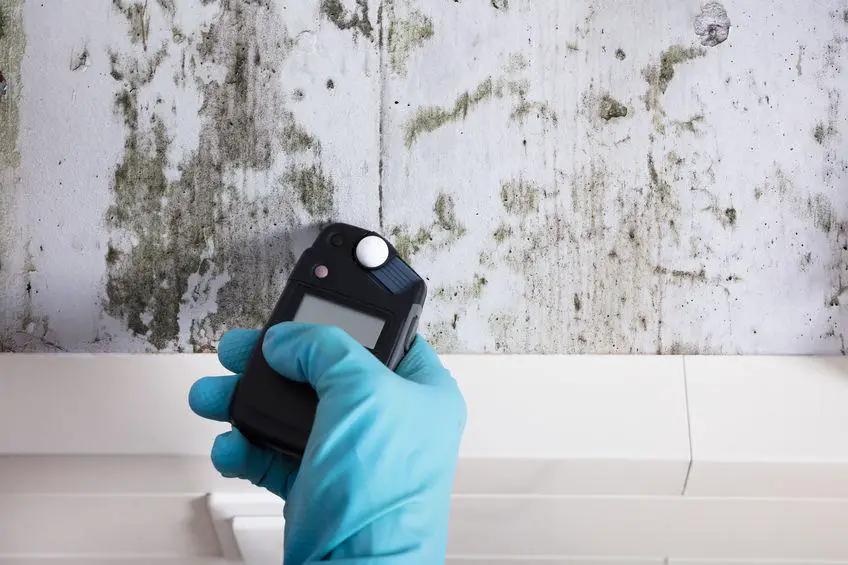Molds are microorganisms that are a natural part of our environment. They are found indoors and outdoors, especially in damp areas or in places prone to excessive moisture. These organisms spread and grow by forming spores. When humans or animals inhale these spores, they cause various health challenges that vary between individuals. Keep reading to learn more about the effects of mold on health.
Effects of Mold on the Health
The effects of mold on human health vary between individuals and could be classified into short- and long-term exposure effects. Both options depend on how long you stay in a mold-infested area. Below are some of the health hazards that could arise from mold exposure.
Allergic Reactions and Asthmatic Attacks
Allergies are a common short-term effect of mold exposure because mold produces allergens. These allergens are irritants that cause a wide range of symptoms in people with sensitive airways. The symptoms include itchy and watery eyes, sneezing, red eyes, nasal congestion, and irritation. Other people develop intense coughs, sore throats, difficulty breathing, skin rashes, and blurry vision. The symptoms might be less specific and more lethal if you have a baby in a mold-infested place. People who are not sensitive to allergens could increase their sensitivity after repeated exposure to irritants. Individuals diagnosed with asthma or hyperactive airway disorder are also prone to frequent attacks when exposed to high mold levels. The acute onset of wheezing, chest pain, and difficulty breathing characterizes these attacks. The symptoms could become life-threatening if the exposure is chronic and the mold quantity is large. If you’re an asthmatic, it’s pertinent to invest in periodic air quality tests for your living or working space to prevent these attacks.
Mycosis and Mold Toxicity
Mycosis is a more serious health effect of mold exposure, particularly in immunocompromised people.It occurs when these microbes gain entry into the bloodstream and launch a systemic invasion. Common parts of the body affected by this invasion include the gastrointestinal tract, skin, and lungs. Mycosis caused by mold usually occurs after chronic exposure to high microbe levels.
Another less common health effect of mold is toxicity. Some mold species produce mycotoxins that are harmful to humans. Nearly all molds produce these toxins under specific environmental conditions. Exposure to low levels of mold toxins is not associated with significant harm.
However, long-term exposure to these toxigenic molds causes neurological manifestations. Most importantly, the health and fitness level of the individual will determine the severity of the side effects of mold. In any case, do what you can to stay in a mold-free environment.
Conclusion
People react to mold exposure in different ways. Factors responsible for these variations include the quantity of mold, duration of exposure, and level of individual airway sensitivity. Since these organisms are a natural part of our environment, it’s pertinent to invest in preventive measures to control their growth in your living or working space.
The most important step is moisture control, which could be achieved by fixing leaky pipes or giving your damp walls breathing space.






